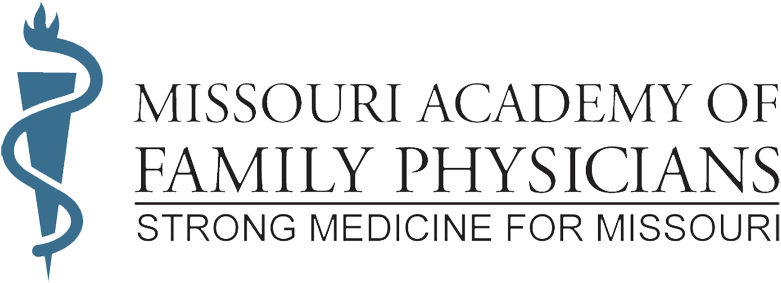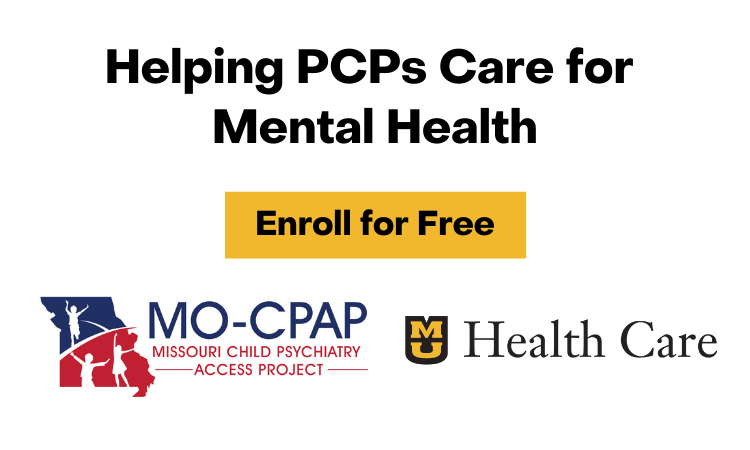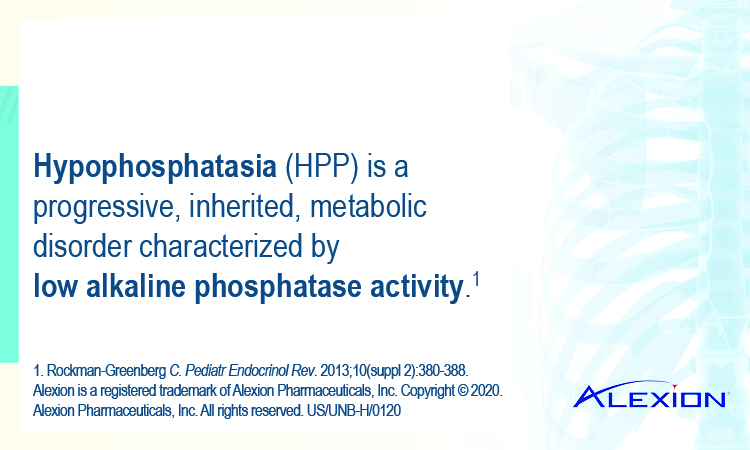I was chauffeured this month by my 15-year-old daughter on my visit to District 2. The hills roll more gently in the northern half of our state than the southern and so we took advantage of the geography to enjoy (well, she enjoyed while I nervously endured!) some practice driving on her permit. It was early spring and so, though the temperature peaked at seventy degrees, we passed fields still stippled with the remnants of last year’s plantings, tanks of ammonia stationed on their borders for pre-planting application.
The family physicians of MAFP’s District 2 serve 268,520 of Missouri’s citizens living in 16 counties — all of which are designated as Health Profession Shortage Areas — in the northeastern region of Missouri. These counties encompass 8,772 square miles, or about 13% of our state’s land mass, but are served by only seven hospitals, or about 5%, of our state’s hospitals.
Kathy Pabst and I met with Drs. Brooks Beal, Gary Bruning and Robert Schneider on the clinical campus of Northeast Regional Medical Center. All three family doctors maintain their own clinical practices while teaching at my own alma mater of AT Still University/Kirksville College of Osteopathic Medicine and it’s affiliated family medicine residency.
Our conversation began loosely as we shot the breeze. Dr. Bruning emphasized the impact a doctor has in a small town, citing not only the health benefit to its citizens but also the economic and civic development for the surrounding community as a result. All three family physician educators expressed their sentiment that the most effective strategy for recruiting medical students to our specialty and to rural areas was for current family doctors to model and advocate for a wide scope of practice across all ages.
Then I asked what barriers these physicians experience in providing health care to their patients. Communication emerged quickly as a major theme. With the sole medical school and graduate medical education sponsor in the district, some might consider Adair County the hub of District 2 but Dr. Bruning noted the difficulty of communication and relationship-building with other physicians and clinical sites scattered across the large land area that is District 2. We brainstormed some solutions:
- Schneider wondered about the possibility of each district delegate hosting town forums in his/her district.
- I wondered about the development of district list-serves or emails.
- Bruning and I, as fellow residency directors, wondered about the possibility of a state-wide medical school and family medicine residency consortium, which has been successfully modeled in other states and regions.
- We all acknowledged the crucial nature of a unified voice via partnership with other medical organizations such as MSMA, MAOPS and MSACOFP.
Dr. Bruning was also the first person on my district visits to label the following as administrative tasks that uniquely contribute to feelings of burn-out as a Missouri physician:
- lack of a state-wide PDMP,
- a cumbersome process for death certificates
- and the fact that physician license renewal is bundled into the MO Division for Professional Regulation rather than being a separate hub.
He noted these processes are, in his experience, streamlined into faster, more efficient work flows in other states in which he’s practiced.
As with all my district visits thus far, I drove away (only this time with a teenage permit driver in the driver’s seat!) with a deeper understanding of the excellent work our state’s family doctors perform on behalf of Missouri’s residents as well as of the barriers they face. I look forward to bringing a summary of my findings to the next MAFP Board of Directors meeting.
I compose this blog post on March 30, 2019 so allow me to wish all my physician colleagues a very happy Doctor’s Day! We are so quick, as physicians, to dismiss the good work we do as “just part of the job” so allow me to remind you that your service to others is phenomenal! We see you, we appreciate you and we continue to endeavor to support you and your patients here at MAFP!
As always, the statements, perspectives and opinions expressed in this blog are my own. Any errors contained therein are also all my own! This blog does not necessarily reflect the opinion or policy of either the Missouri nor American Academies of Family Physicians or their respective staffs.
References:
2018 Missouri Hospital Association Annual Workforce Report: Northeast Region https://www.mhanet.com/mhaimages/Workforce/2018_Report/2018_Northeast_Region_Profile.pdf accessed 3/29/19
Missouri Hospital Association Primary Care Physicians Missouri Workforce Update, Special Report August 2018 https://www.mhanet.com/mhaimages/Special%20Reports/Primary%20Care%20Physician%20Status_0818.pdf accessed 3/29/19



